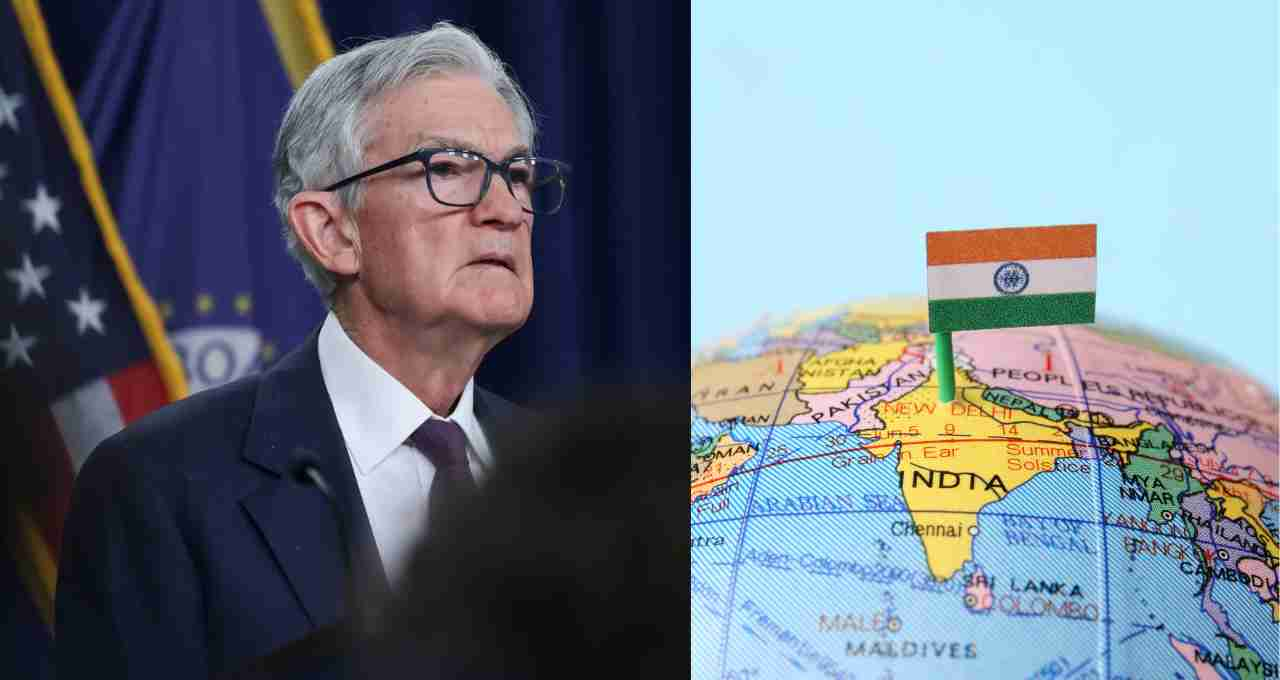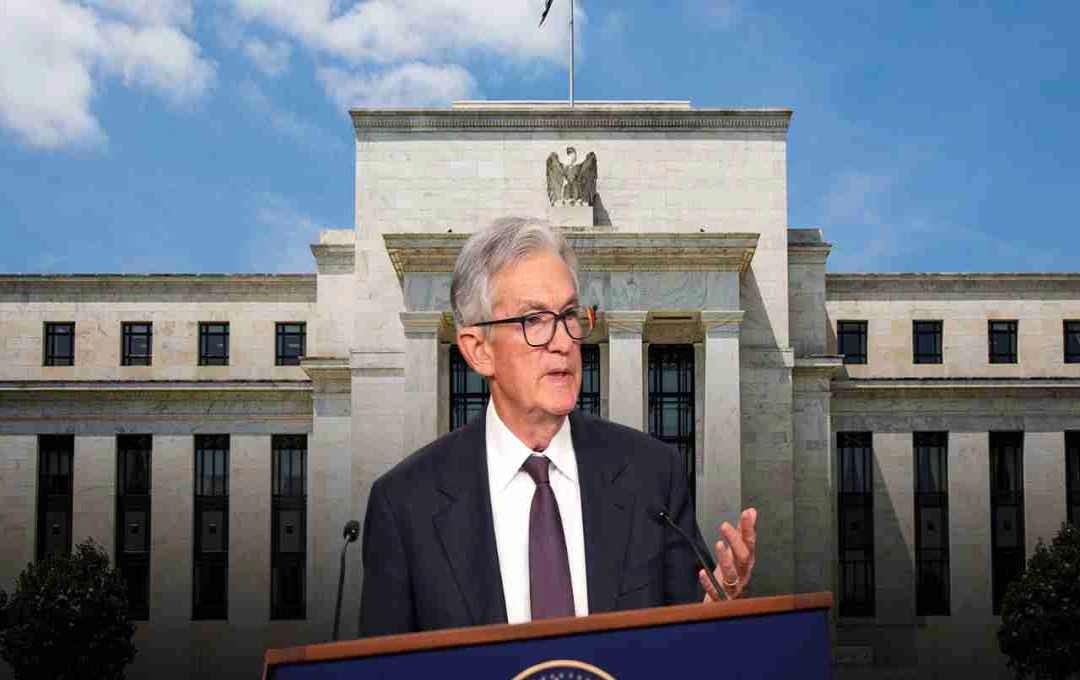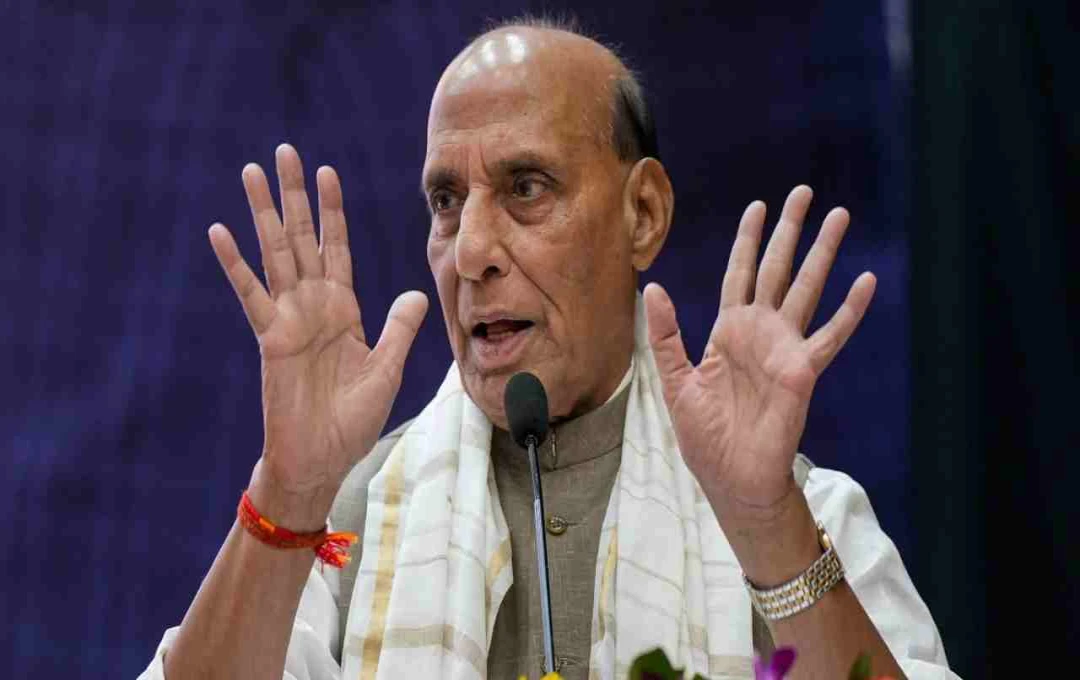The US central bank, the Federal Reserve, may cut interest rates for the first time in 2025. This move is likely to weaken the dollar and strengthen the rupee, leading to inflation control in India, a boost to the stock and bond markets, and an opportunity for the RBI to cut rates. However, sudden fluctuations in foreign investment could also pose risks.
Federal Reserve Year 2025: The prospect of the US central bank, the Federal Reserve, cutting interest rates for the first time in 2025 has sent ripples through global markets. The Fed's meeting is scheduled for Wednesday, where a 0.25% cut is anticipated. This action is expected to impact both employment recovery and inflation control in the US. In India, the positive effects could include a ber rupee, a surge in the stock and bond markets, and an opportunity for the RBI to lower rates, while global uncertainty and reliance on foreign investment could also present risks.
Federal Reserve's Potential 0.25 Percent Cut
According to the CME FedWatch tool, a 0.25 percent rate cut by the Fed is being anticipated. This forecast is based on 30-day Fed Funds futures pricing. The Fed has a dual mandate: to keep inflation at 2 percent and to increase employment opportunities. However, these two goals often work at cross-purposes. Former Fed advisor Danielle DiMartino Booth suggests that this time, the priority will be on employment, but inflation risks will not be overlooked.
Key Reasons for Interest Rate Reduction
- Weakness in the Labor Market: According to recent employment reports, only 22,000 new jobs were added in the US in August, significantly lower than in previous years. The unemployment rate also saw a 0.1 percent increase. For the first time since the pandemic, employment declined in June 2025, a factor the Fed cannot ignore.
- Inflationary Pressure: The Fed's preferred inflation gauge, Personal Consumption Expenditures, has now reached approximately 2.6 percent, which is above the Fed's 2 percent target. Similarly, the Consumer Price Index (CPI) is also showing consistent growth. US tariffs are considered a primary cause of inflation.
- Political Pressure: President Donald Trump is continuously pressuring the Fed to cut rates. However, Chairman Jerome Powell has stated that the Fed must proceed cautiously due to tariffs. Experts believe that the Fed's autonomy and credibility are currently under scrutiny.
Potential Impact on India

The impact of the Fed's interest rate cut will not be confined to the US. It will also affect emerging economies like India.
- Strengthening of the Rupee: A reduction in Fed rates will decrease the return on US investments. This could lead global investors to shift their focus towards countries like India. A ber rupee will make imports less expensive and help keep inflation under control.
- Boost to Stock and Bond Markets: An increase in the inflow of foreign investment could lead to a rally in the Indian stock market. Increased liquidity can drive up stock prices. Investment in government and corporate bonds could also rise, strengthening these markets.
- Opportunity for the RBI: The Fed's rate cut will provide the Reserve Bank of India with an opportunity to adjust its monetary policy. If global inflation and capital flows remain favorable, the RBI may also reduce its rates. This would make borrowing cheaper in India, boost investment and consumption, and accelerate economic growth.
Challenges for India
Global Uncertainty: If inflation continues to rise globally or geopolitical tensions escalate, the dollar may remain b. This could lead to fluctuations in foreign capital inflows for India, potentially destabilizing the markets.
Dependence on Foreign Investment: If foreign investors are investing in India solely due to lower interest rates, they may withdraw their capital as soon as the global economic situation changes. This could pose a risk to India's financial markets.














